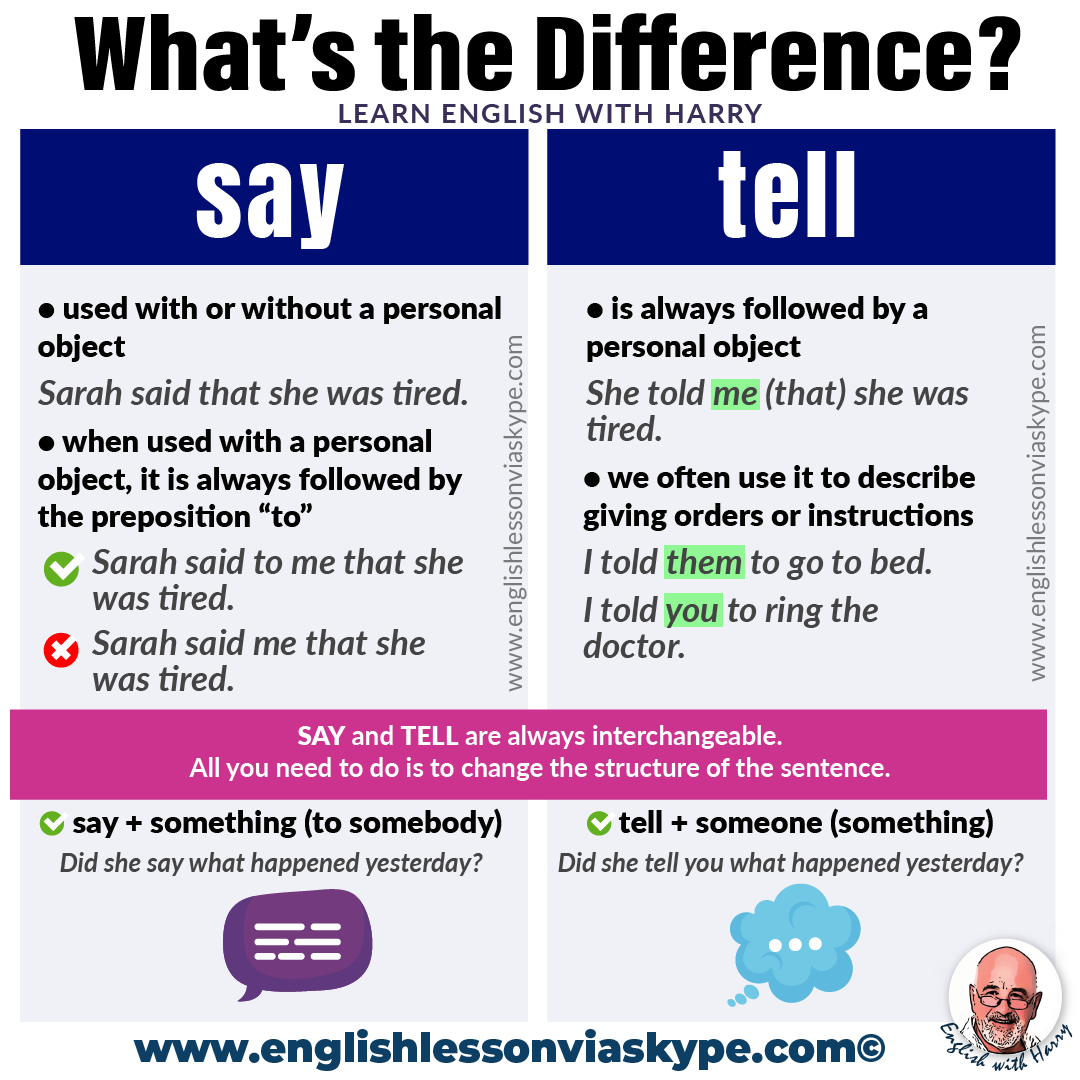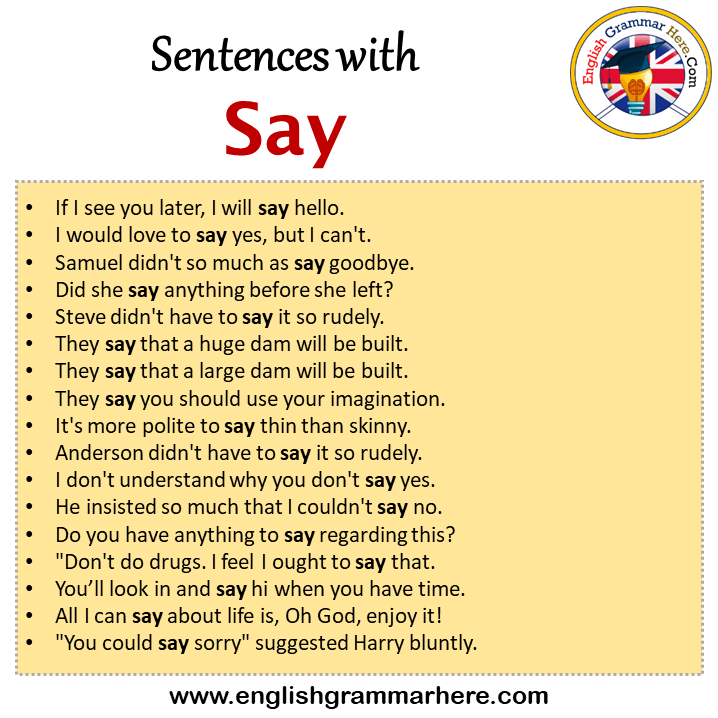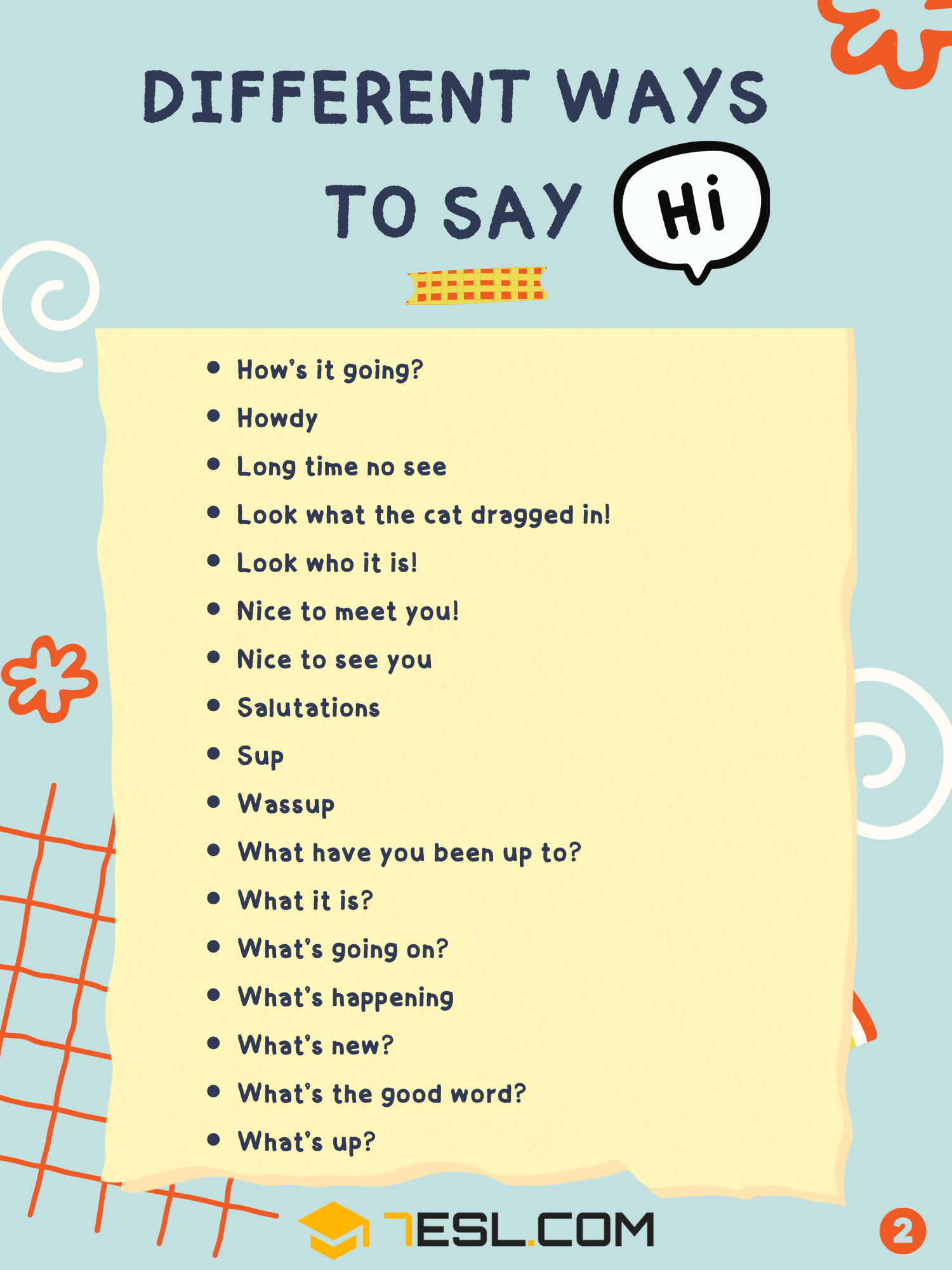Learning how to say hi in Korean opens up a whole new world of connection, really it does. Imagine being able to greet someone in their own language; it’s a pretty big step, you know? This isn't just about saying a simple word. It's about showing respect and making genuine connections, which is actually very important in Korean culture. This guide will help you feel more comfortable with Korean greetings, so you can start having conversations with ease.
You might think saying "hello" is straightforward, but in Korean, it's a bit more involved. The way you greet someone changes quite a lot depending on who you're talking to and the situation you're in. It's not just one word that fits every occasion, so you really need to pay attention to the context. We'll go over the different ways to say hello, making sure you understand when to use each one, and that’s a big part of getting it right.
We'll look at the main ways to say "hello" and talk about the small but important differences between them. This article will help you tell the formal greetings from the informal ones, giving you the right setting for each. You'll get practical examples of how these greetings work in real conversations, too, so you can pretty much start using them right away. So, let’s get you ready to chat in Korean!
- How To Slide Head First Into Jaws Of
- Kill Six Billion Demons
- Littlefinger Game Of Thrones
- How To Spot Catfishing Lessons From A Womans Test
- How To Clean A Air Fryer
Table of Contents
- The Heart of Korean Greetings
- When to Use What: Understanding Context
- Beyond the Basic "Hi": What Else to Know
- Common Questions About Korean Greetings
- Ready to Start Your Korean Conversations?
The Heart of Korean Greetings
When you learn how to say hi in Korean, you quickly see it’s more than just a simple word. Korean greetings carry a lot of meaning, reflecting how people relate to each other. It’s actually pretty cool how the language changes based on who you're speaking with, you know? This makes every greeting a small act of consideration.
More Than Just "Hello"
Korean greetings aren’t as simple as just saying “hello.” They change quite a bit, depending on your relationship with the person you're greeting and how relaxed or formal the situation is. This means you really have to think about the context, which is pretty much key to using ‘hello’ in Korean effectively. So, it's about picking the right greeting for the right moment.
For instance, you wouldn't use the same greeting for your best friend as you would for your boss, and that's just how it is. This sensitivity to social standing and situation is a big part of Korean communication. It shows respect and awareness, which are very valued qualities. You really get a sense of this when you start to use the different forms.
- Sophie Flay From Bobby Flays Kitchen To Culinary Stardom
- Where Is Wendy Williams
- J Howard Marshall Ii
- Fuquay Varina High School
- Witness The Groening Family Reunion Abe Luna Margaret Meet Matts Children
The Three Main Ways to Greet
Generally, there are three main ways to say “hello” in Korean. Each one has its own special place and use, so it's good to get to know them. These forms cover pretty much every situation you'll come across, from the very casual to the very formal, so you're covered. They are your basic tools for saying hello.
안녕하세요 (annyeonghaseyo): The Standard, Polite Way
This is probably the most common and polite way to say “hello” in Korean, and it’s safe for most situations, honestly. You can use 안녕하세요 (annyeonghaseyo) with people you don't know well, with elders, or in general public settings. It's your go-to greeting when you're unsure about the level of formality needed, which is pretty handy.
Interestingly, 안녕하세요 (annyeonghaseyo) is used as both a question and an answer, almost as though asking “are you doing well?” and replying 네, 안녕하세요 (ne, annyeong haseyo). This aspect makes it a bit unique, showing a genuine concern for the other person’s well-being. It’s more than just a quick "hi," it’s like a mini check-in, you know?
Here are some examples of how 안녕하세요 (annyeonghaseyo) works:
- When meeting someone new:
You: 안녕하세요! (Hello!)
Them: 안녕하세요! (Hello!) - Greeting a shopkeeper:
You: 안녕하세요! (Hello!)
Shopkeeper: 안녕하세요! (Hello!) - In a casual, yet respectful setting:
You: 안녕하세요? (Are you doing well?)
Them: 네, 안녕하세요. (Yes, I am doing well.)
You can use this greeting in many places, like when you walk into a cafe or when you meet a new colleague. It’s pretty versatile, so you'll hear it a lot. It really is the workhorse of Korean greetings, so to speak.
안녕 (annyeong): The Casual and Friendly Way
To say hello in Korean in a more relaxed way, you say 안녕 (annyeong) when greeting your friends or relatives. This is pronounced ann yeong and is a common greeting for informal situations, just like saying "hey" in English. It’s a bit more personal, you know, for people you're close with.
Use 안녕 (annyeong) casually with close friends, family members, or people younger than you. It shows a level of closeness and comfort, so it’s not something you’d use with someone you just met or someone older than you unless they specifically invite you to. It's really for your inner circle, basically.
Here are some examples of using 안녕 (annyeong):
- Greeting a good friend:
You: 안녕! (Hi!)
Friend: 안녕! (Hi!) - Saying hello to a younger cousin:
You: 안녕! (Hey there!)
Cousin: 안녕! (Hi!) - When you run into a classmate you know well:
You: 안녕! (Hey!)
Classmate: 안녕! (Hey!)
This greeting feels very natural among peers and people you share a comfortable relationship with. It's a quick and simple way to acknowledge someone you know well, and it's pretty common among younger people, too. It’s just a friendly nod, really.
안녕하십니까 (annyeonghasimnikka): The Formal and Respectful Way
The formal way to say “hello” in Korean is 안녕하십니까 (annyeonghasimnikka). This greeting is typically used in very formal settings, like announcements, speeches, or news broadcasts. You’ll hear it when someone needs to address a large audience with great respect, or in very official capacities. It carries a lot of weight, you know?
This form shows the highest level of respect and formality. It’s not something you’d use in everyday conversation with just anyone. You might hear it from a news anchor starting a broadcast or a speaker addressing a large crowd at a formal event. It’s pretty much reserved for those special, very serious moments.
Examples of where you might hear 안녕하십니까 (annyeonghasimnikka):
- A news reporter beginning a segment:
안녕하십니까? (Good morning/evening, everyone.) - A speaker at a public event:
안녕하십니까, 여러분. (Hello, everyone.) - In very traditional or highly respectful situations, like addressing a very senior dignitary.
This greeting is about showing deep reverence and is less about personal interaction and more about public address or very high-level respect. It's a bit like saying "Greetings, esteemed audience" in English, so it's not something you'd use casually. It's very much about the occasion, actually.
When to Use What: Understanding Context
To effectively use ‘hello’ in Korean, it’s truly crucial to understand the context. The right greeting depends on several factors, and getting them right makes a big difference. It's about showing cultural awareness, which is pretty important when you're speaking another language. So, paying attention to these details helps a lot.
Relationship Matters a Lot
Your relationship with the person you’re greeting plays a huge part in choosing the right form. If you're talking to someone older than you, someone in a position of authority, or a stranger, you'll usually lean towards more polite or formal greetings. This shows respect for their age or status, you know?
On the other hand, with close friends, family members who are your age or younger, or even younger children, you can use more casual greetings. This signifies comfort and familiarity. It’s all about the bond you share, basically, so it’s quite intuitive once you get the hang of it.
Situation Sets the Tone
Beyond relationships, the specific situation also sets the tone for your greeting. A formal business meeting calls for a different greeting than a casual get-together with friends. Public announcements or speeches, as we saw, require the most formal approach. It's like dressing for the occasion, but with words, you know?
Consider where you are and what the purpose of the interaction is. Are you at a formal event, a school, a market, or just hanging out at a park? Each setting might subtly influence which greeting feels most natural and appropriate. It’s a bit like reading the room, actually.
Practical Conversation Examples
Here are some practical conversation examples to help you see these greetings in action. These little scenarios can really help solidify your understanding. They show how the words fit into real talk, which is very helpful for learning, you know?
Informal Greetings Example: Friends Meeting Up
Scenario: Two friends, Minji and Jihun, run into each other at a coffee shop.
Minji: 안녕, 지훈아! (annyeong, Jihuna! - Hi, Jihun!)
Jihun: 안녕, 민지야! 잘 지냈어? (annyeong, Minjiya! Jal jinaesseo? - Hi, Minji! Have you been well?)
Minji: 응, 잘 지냈어! 너는? (eung, jal jinaesseo! Neoneun? - Yeah, I've been well! How about you?)
Jihun: 나도 잘 지냈어. (nado jal jinaesseo. - I've been well too.)
This conversation uses 안녕 (annyeong) because they are close friends, so it feels very natural. It’s a quick and easy way to say hello, pretty much like how you’d greet a buddy. It shows their comfortable relationship, actually.
Standard/Polite Greetings Example: Meeting a New Acquaintance
Scenario: Sora is introduced to her friend’s older sister, who she hasn't met before.
Friend: 소라야, 이분은 우리 언니야. (Soraya, ibuneun uri eonniya. - Sora, this is my older sister.)
Sora: 안녕하세요! 소라라고 합니다. (annyeonghaseyo! Sorarago hamnida. - Hello! My name is Sora.)
Friend's Sister: 안녕하세요. 만나서 반가워요. (annyeonghaseyo. Mannaseo bangawoyo. - Hello. Nice to meet you.)
Sora uses 안녕하세요 (annyeonghaseyo) because she is meeting someone older and it's their first interaction. This shows respect and politeness, which is very important in such situations. It's the safe choice, you know, when you're not sure.
Formal Greetings Example: A Public Announcement
Scenario: A speaker is about to give a presentation at a conference.
Speaker: 안녕하십니까, 여러분. 오늘 이 자리에 함께 해주셔서 감사합니다. (annyeonghasimnikka, yeoreobun. Oneul i jarie hamkke haejusyeoseo gamsahamnida. - Good morning/evening, everyone. Thank you for joining us today.)
The speaker uses 안녕하십니까 (annyeonghasimnikka) because they are addressing a large, formal audience. This is a very respectful way to begin a public address. It sets a serious tone, basically, so it's used for important moments.
Beyond the Basic "Hi": What Else to Know
Knowing just the words is a great start, but there's a bit more to understanding how to say hi in Korean. It’s about grasping the underlying cultural bits that make the greetings truly meaningful. These little details can really help you sound more natural, you know?
The "Are You Doing Well?" Aspect
As mentioned, 안녕하세요 (annyeonghaseyo) can function as both a question and an answer, almost as though asking “are you doing well?” and replying 네, 안녕하세요 (ne, annyeong haseyo, which means "Yes, I am doing well"). This is a very interesting feature of the greeting.
This dual function means that when someone says 안녕하세요 to you, you can simply respond with 안녕하세요 back. It's a bit like a mutual check-in, rather than needing a separate question and answer. It makes the exchange feel very smooth and considerate, you know?
Starting Conversations with Ease
This article covers the different ways to say hello in Korean. By getting a good grip on these main greetings, you’ll be much better prepared to start having conversations in Korean with ease. It’s about building confidence, basically, so you can speak up.
Remember, practice makes perfect. Try using these greetings in your daily life, even if it's just practicing in front of a mirror or with a language partner. The more you use them, the more natural they’ll feel, and that’s pretty much how you get better. You can also learn more about Korean phrases on our site to help you along.
A Quick Look at Korean Greetings
To get you started, here’s a quick list of Korean greetings we've covered, just to recap. These are the ones you'll use most often, so they're very important to remember. It's like your quick reference guide, you know?
- 안녕하세요 (annyeonghaseyo): This is the most common, polite way to say “hello” in Korean — safe for most situations. It's pronounced ann-nyeong-ha-se-yo.
- 안녕 (annyeong): Use this casually with close friends, family, or younger people. This is pronounced ann-nyeong.
- 안녕하십니까 (annyeonghasimnikka): This is the formal form, used in very formal settings like announcements or speeches. It's pronounced ann-nyeong-ha-sim-nik-ka.
Understanding these different forms and when to use them is a big step in speaking Korean naturally. It’s about more than just words; it’s about respect and context. You can find more resources on Korean language here to deepen your knowledge.
Common Questions About Korean Greetings
People often have questions about how to say hi in Korean, so let’s address a few common ones. These questions usually come up for new learners, and they're pretty important to clear up. So, here are some answers to help you out.
1. What is the most common way to say hello in Korean?
The most common and widely used way to say "hello" in Korean is 안녕하세요 (annyeonghaseyo). It's a standard, polite greeting that works in almost any situation, making it very versatile. You can use it with strangers, elders, or people you don't know well, and it's always appropriate, you know?
2. Is Annyeonghaseyo formal or informal?
안녕하세요 (annyeonghaseyo) is considered the standard, polite form. It's not strictly formal like 안녕하십니까 (annyeonghasimnikka), but it's definitely not informal like 안녕 (annyeong). It sits comfortably in the middle, making it suitable for most social interactions. So, it's a safe bet when you're unsure, pretty much.
3. How do you say hi to a friend in Korean?
To say "hi" to a friend in Korean, you would use 안녕 (annyeong). This greeting is casual and friendly, perfect for people you have a close relationship with, such as friends, family members, or those younger than you. It's a relaxed way to greet someone you know well, you know, just like saying "hey."
Ready to Start Your Korean Conversations?
You've now got a solid grasp on how to say hi in Korean, including the nuances of formal and informal greetings. Knowing these different ways to greet people will really help you connect with Korean speakers. It's about showing you care, which is a big part of communication. You can also check out a reputable language learning site for more tips on starting your language journey, and that's always a good idea.
Related Resources:



Detail Author:
- Name : Dr. Kira Vandervort
- Username : nyasia.stokes
- Email : stark.tanya@sporer.com
- Birthdate : 1994-05-08
- Address : 8082 Nelle Parkway Suite 573 Port Deliaburgh, MO 41417
- Phone : +1-341-979-1366
- Company : Sawayn, Runte and Daniel
- Job : Photographic Process Worker
- Bio : Facere ut ipsa placeat est dolore molestiae quia. Et at unde dicta illo veritatis. Non voluptatem voluptas qui quia.
Socials
tiktok:
- url : https://tiktok.com/@gottliebv
- username : gottliebv
- bio : Soluta consectetur eum architecto facilis quia et.
- followers : 3964
- following : 1393
facebook:
- url : https://facebook.com/gottliebv
- username : gottliebv
- bio : Omnis impedit eum occaecati explicabo quaerat. Sunt a fugit suscipit dolor.
- followers : 2356
- following : 1701
linkedin:
- url : https://linkedin.com/in/gottliebv
- username : gottliebv
- bio : Vitae aut in ab.
- followers : 771
- following : 2731
instagram:
- url : https://instagram.com/vivianne.gottlieb
- username : vivianne.gottlieb
- bio : Eveniet sit libero aut ut velit et sequi. Cumque nobis culpa doloribus quibusdam voluptas sed illo.
- followers : 3676
- following : 955